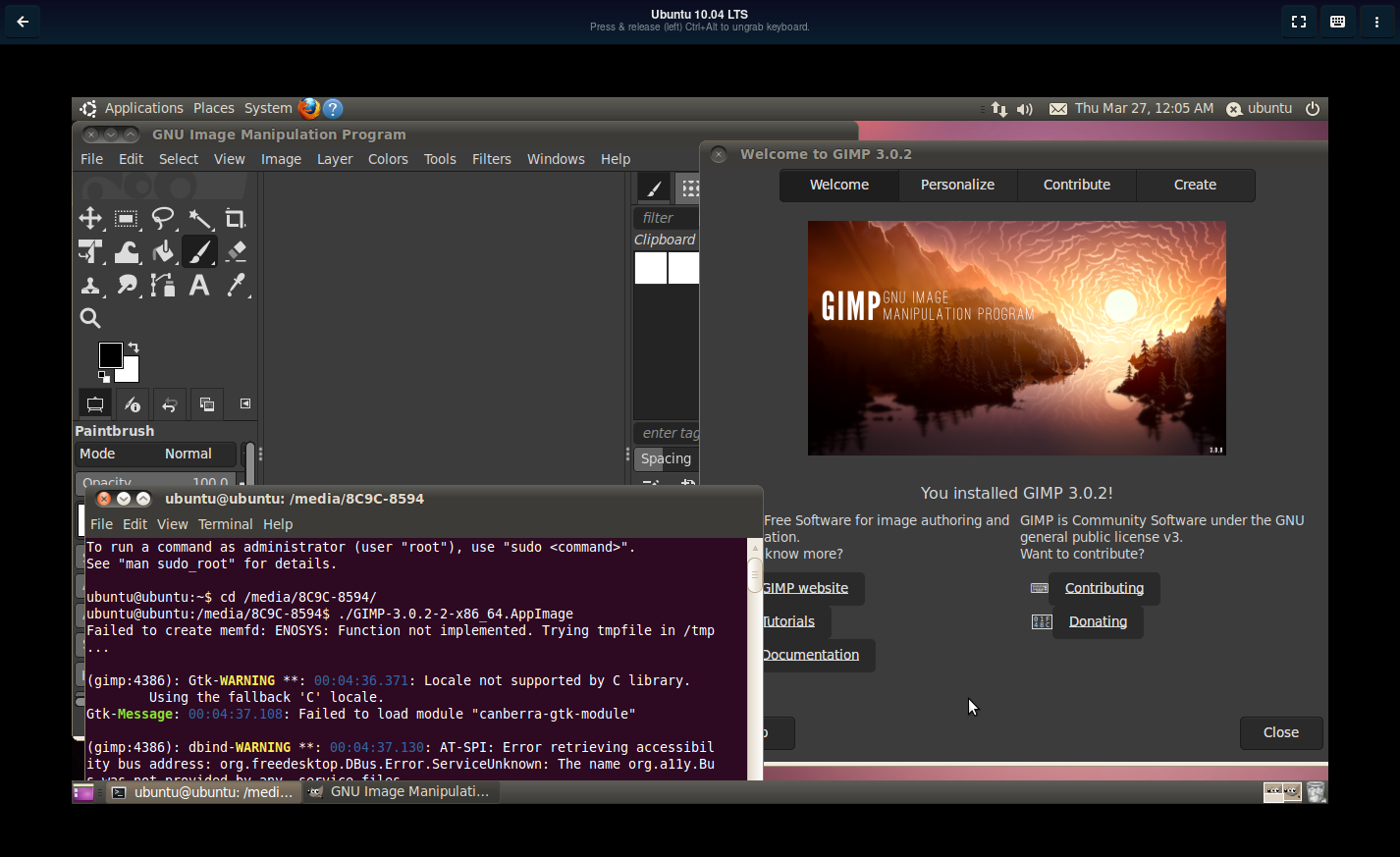AppImage is the no-nonsense universal package format.
If flatpak didn’t make me put the entirety of KDE onto my system (thats an exaggeration but you know what I mean) I’d gladly crown it king of the package managers.
I just want to point out the dependencies of Konsole (arguably a small and simple application in concept):
glibc gcc-libs icu kbookmarks kcolorscheme kconfig kconfigwidgets kcoreaddons kcrash kdbusaddons kglobalaccel kguiaddons ki18n kiconthemes kio knewstuff knotifications knotifyconfig kparts kpty kservice ktextwidgets kwidgetsaddons kwindowsystem kxmlgui qt6-5compat qt6-base qt6-multimedia sh.Flatpak does not install KDE by default. It is only required if you install a KDE app. You can hardly blame it if you do that.
I have really started to like AppImage. You just download a single file make it executable and it just works.
I use Cursor for coding, and it has an appimage that replaces itself when it updates.
I tried a snap package on my pop-os system once & it poo’ed folders all over my system, then didn’t actually uninstall when I uninstalled it.
No thank you.
deleted by creator
You can change the labels but the groups in them would remain the same. :)
Nix is just across the street sipping tea because it understands what it is and is at peace with the chaotic world around it.
I use NixOS and Flatpak (Nix-Flatpak) to install software that is not available in Nixpkgs. Unlike Arch’s AUR, Nixpkgs has fewer popular packages. However, Nixpkgs beats AUR in terms of quantity because many Nixpkgs packages are redundant.
A rusty bucket riddled with holes and the stick part of a shovel is better than snap for running software.
Tar is not a package manager, it is just a packaging format. AppImage has the same problem.
Flatpak is a bit of a crappy package manager but at least it is one. And, due to its use of container technology, it allows the same packages to run on any Linux kernel (any Linux distro). That is pretty useful.
Of the other package managers, apk 3 is my favourite but the only distro that uses it is Chimera Linux. Pacman is good. dnf / RPM is ok. apt / deb is in last place for me. The recent Ubuntu 25.04 launch snafu illustrates some of the problems with apt. The first Linus Tech Tips Linux challenge really highlighted the dangers of apt.
I only used snap briefly but instantly hated it. Fstab was a mess. It was slow. It was proprietary. I fled before I could form an educated opinion.
it allows the same packages to run on any Linux kernel (any Linux distro). That is pretty useful.
flatpak itself depends on namespaces, so saying that it works on any kernel is quite a stretch.
Can flatpak do this? This is a GIMP3 appimage running on ubuntu 10.04 without any container:

The kernel is so old that even the appimage runtime itself complains of missing functions and has to fallback to a workaround.
UPDATE: flatpak can’t work because bubblewrap itself can’t:

PR_SET_NO_NEW_PRIVSis only available since kernel 3.5
Like a bunch of old farts in a coffee shop arguing over which truck brand is better.
Yeah, but Snap is the equivalent of Tesla…
You want me to top off your coffee before you go home to take a nap?
Yes please, and more cake!
Now remember old fella you can’t have cake anymore. It messes with your blood sugar.
i just got an Ubuntu machine at work, and really simple packages are only available as snaps. so i guess i’m going to try out Nix home-manager
What’s wrong with Snap?
EDIT: I had minimal exposure to Snap, sometimes Snap was my only option to get some software on Linux in a decent version and without getting into dependency hell while trying to compile it (why can’t someone make a package manager for C/C++?). I do see the issue with proprietary servers though.
Apt is kind of broken, to be honest. No package should have full system access during installs or execution.




